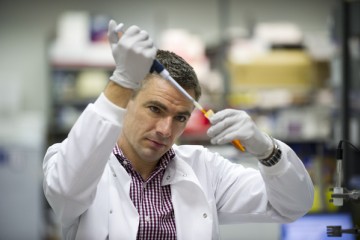Project grant
Reducing and replacing mouse use to model the human platelet response in vivo

At a glance
Completed
Award date
April 2010 - October 2011
Grant amount
£204,442
Principal investigator
Dr Michael Emerson
Institute
Imperial College London
R
- Reduction
- Replacement
Read the abstract
View the grant profile on GtR
